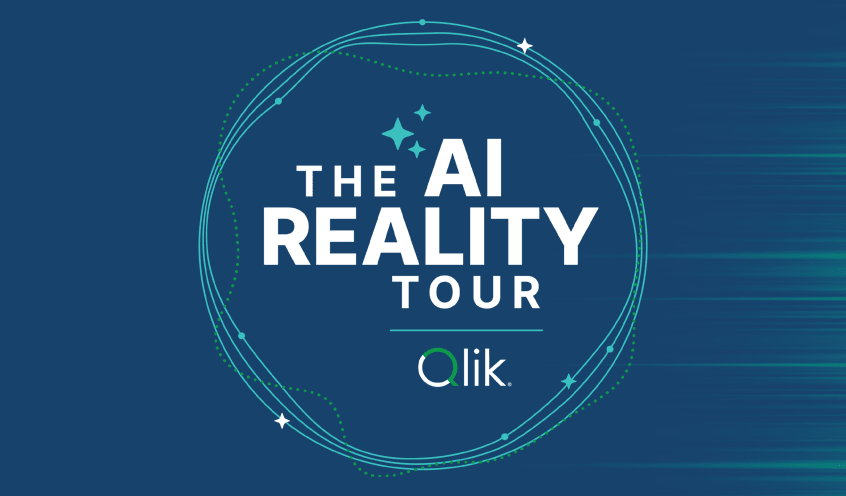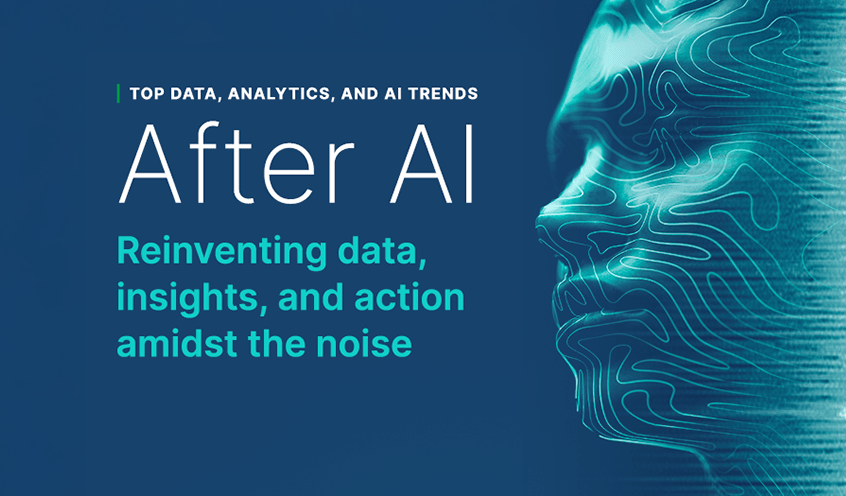Last week’s announcement of a data fabric approach from Microsoft was interesting to us on a number of levels, most notably for what it confirmed: Data Fabrics are now mainstream.
If you’ve not heard why Data Fabrics are the next big thing, then here is a bit of history.
Data Fabric is a concept that started to take hold over a decade ago with published research from Forrester. In their latest Forrester Wave report (where Talend again is named a Leader), they define an Enterprise Data Fabric as follows:
“Data fabric delivers a unified, integrated, and intelligent end-to-end data platform to support new and emerging use cases. It automates all data management functions — including ingestion, transformation, orchestration, governance, security, preparation, quality, and curation — enabling insights and analytics to accelerate use cases quickly.”
Over the last few years, the concept has really picked up steam. At last week’s Gartner Data & Analytics summit in London, Gartner analyst Ehtisham Zaidi stated that the benefits of Data Fabrics are “transformational” and predicted that active metadata-assisted automated functions will reduce human effort by a third.
The Data Imperatives of Fabric
Data Fabric is a technology pattern and not something delivered from a single vendor. It requires a level of technology independence to embrace and work with your existing and future infrastructure. Done right, it must deliver upon the following imperatives:
Unlock all your data with the lowest latency possible
Process and manage data anywhere (cloud, multi-cloud, on-prem, hybrid)
Support any data architecture or methodology (lakes, warehouse, mesh, etc)
Make data business-ready by automating transformation whenever possible
Ensure data quality and governance to drive enterprise trust and utilization
Consumable data for any analytics tool, AI/ML initiative, or system via APIs
Delivering on the list above is a tall order. Most organizations have a myriad of data management technologies and cloud providers. That’s why the combination of Qlik and Talend are uniquely positioned to deliver on the data imperatives above and work in harmony with our partners like Microsoft, AWS, Google, Snowflake, Databricks and others. It takes a village!
Rethinking How to Drive Analytics from Fabrics
Data Fabrics are an important step in making data available for analytics, but you should also consider a more active approach. Organizations need a much more dynamic relationship with data that reflects the current moment. Traditional, passive BI relies on preconfigured, historical data sets, and wasn’t designed to support real-time decisioning and actions.
Qlik’s analytics approach is to harness the power of a data fabric to combine data at rest with data in motion to create in-the-moment awareness about every aspect of your business. Users at any skill level can freely explore data with powerful AI combined with the industry’s most powerful analytics engine. And with Qlik AutoML, they can easily generate machine learning models for predictive analytics and what-if scenario analysis – all within an intuitive, code-free user interface. Bring actionable insights into every decision with the industry’s most complete cloud platform for modern BI.
The Only Constant is Change
One thing is certain: data technologies, architectures and analytics will continue to evolve to address the ever-growing needs of your business. With Qlik’s acquisition of Talend now complete, together we have formed the largest independent vendor of data integration, quality and analytics. Independence is critical to maintain your freedom to choose whatever strategy works best for your business. And the scale of the new Qlik and Talend combination allows us to keep pace with whatever comes tomorrow, and it will.
To learn more about this powerful combination of Qlik and Talend, watch our new webinar “What’s Next is Now” available on demand.














































